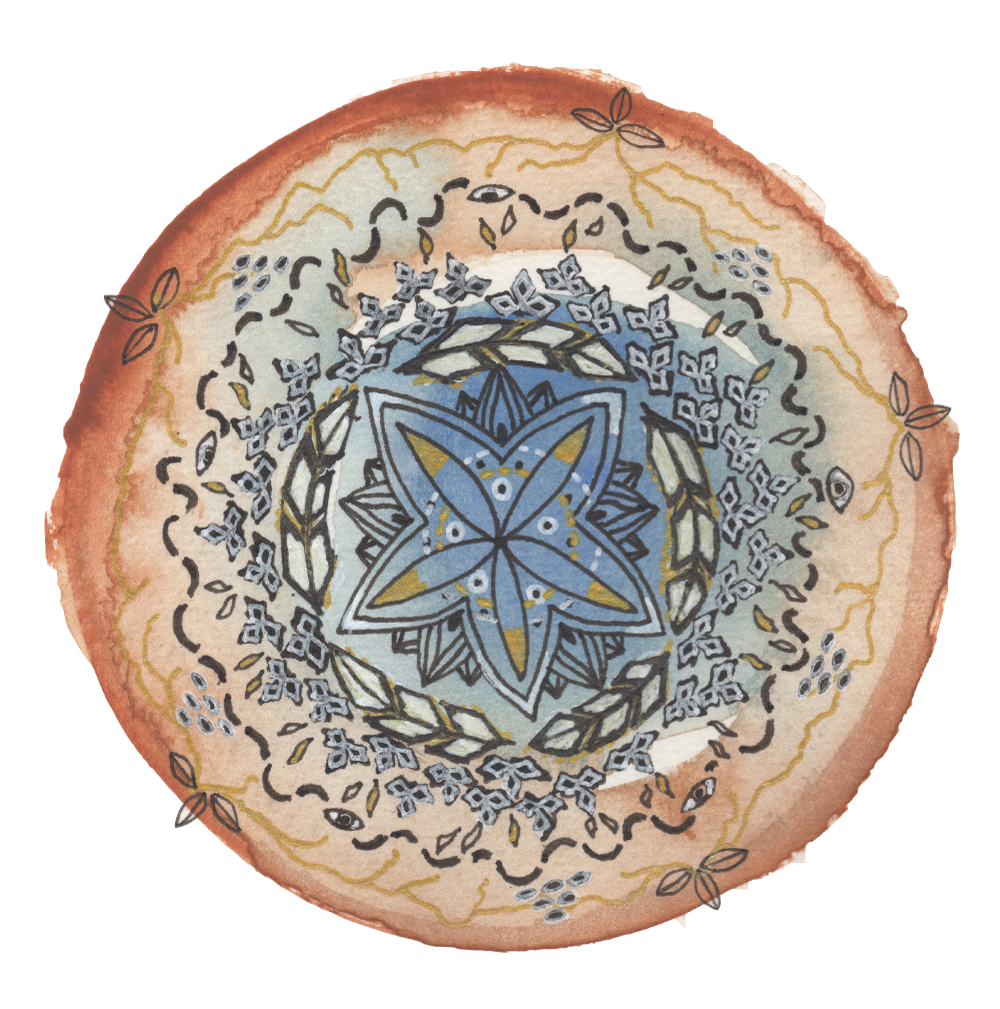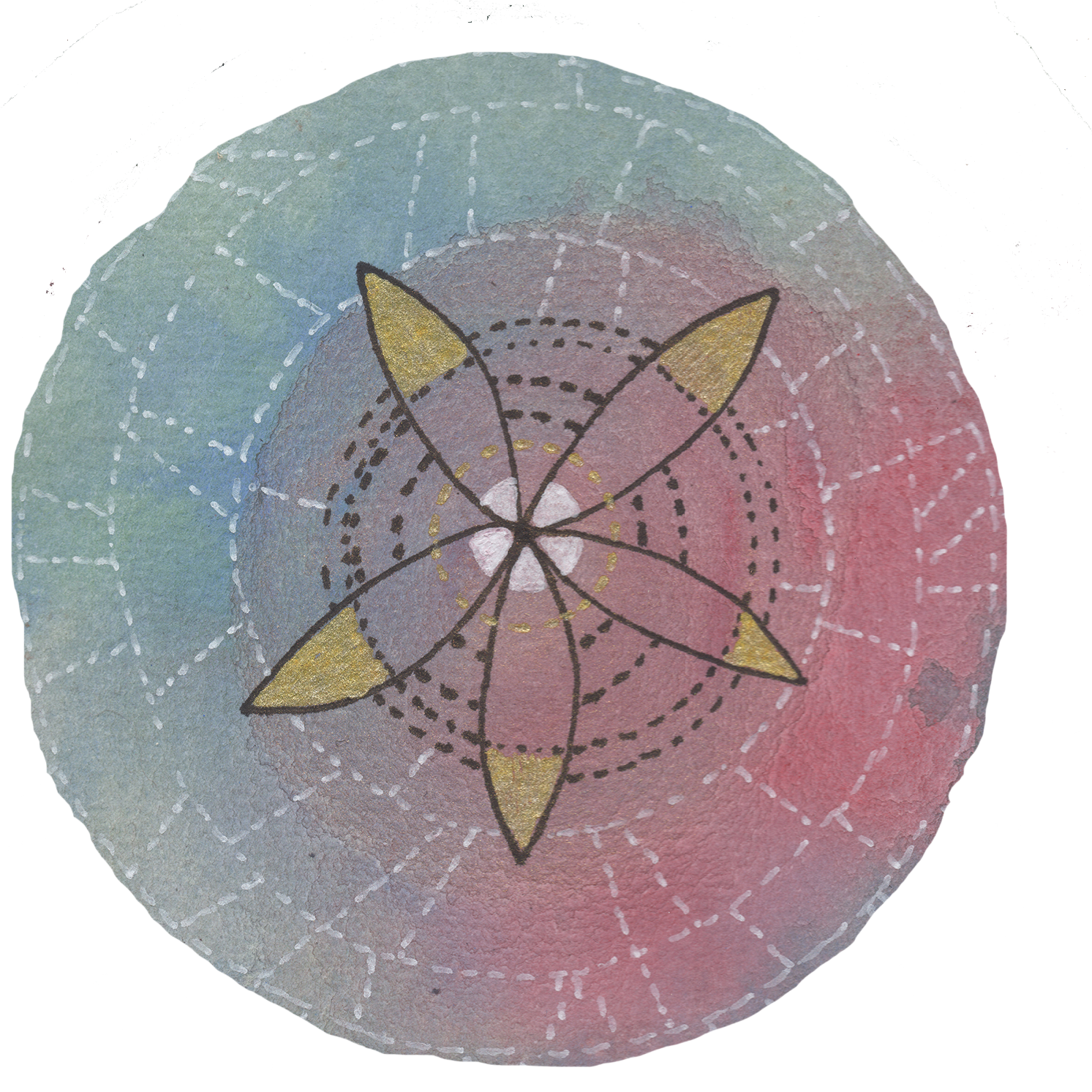Ayurveda 101
In Sanskrit, “Ayur” means life and “Veda” means science or knowledge and is commonly translated as “science of life.” A more subtle and beautiful definition is “knowledge of longevity.” Ayurveda is Indian classical medicine, dating back more than 6,000 years.
The Five Elements
Since Ayurveda is inspired by the natural world, we can observe seasons, cycles of the day, phases of life, qualities, and the interaction of elements to help us understand our own internal rhythms and adapt accordingly. The natural world provides the macro ecology, while the individual experiences micro ecology reflected from the natural world. Ayurveda focuses on bringing the five elements (ether, air, fire, water, and earth) into balance, both internally and externally, to bring about greater health. Most simply, we use opposites to balance. For example: if you run hot, you need cooling foods; if you are dry, you need wet foods. The seasons run hot/cold/wet/dry and so do our bodies. Accordingly, we change our foods, treatments and practice with the seasons, just as we change our wardrobes. Ayurvedic practitioners believe disease (dis-ease) starts with an emotional response followed by physical symptoms. Symptoms are addressed with bodywork treatments, certain foods, herbs, yogic/breath practices, exercises, etc. Our primary focus is looking at causes or roots over just treating symptoms. Ayurveda provides us with tools to balance our inner ecology with our outer ecology to create harmony.
Click an Element above to dive in!
Curious about your Ayurvedic birth dosha?…take our quiz here.
(Your dosha is the unique genetic blueprint of the elements within you)










